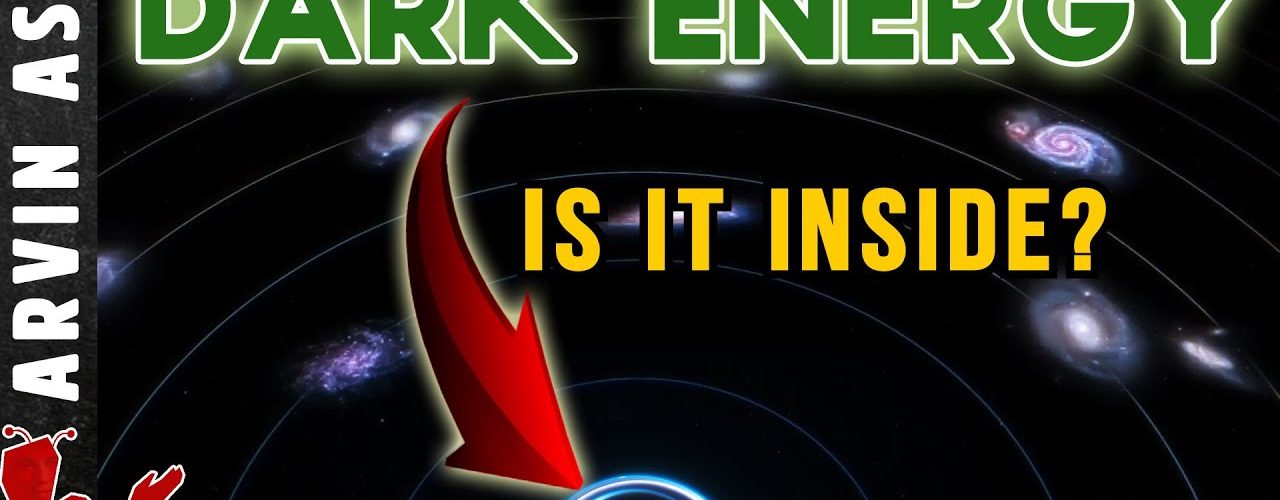Are black holes the source of dark energy? A new study by Farrah et al, published in February of 2023 claimed to have found a solution to dark energy, showing a connection with supermassive black holes.
What is dark energy? It’s the apparent energy of empty space that is powering the observed accelerating expansion of the universe. This energy makes up about 70% of the total energy of the universe.
Black holes form after a massive star runs out of fuel, sometimes resulting from a supernova. Once a star has no fuel left to burn, it can no longer support its mass and so it collapses. If the star is more than 3 solar masses, it is likely to form a black hole at the end of its life. Steller-class black hole can be as small as 3 solar masses but super massive black holes can be millions to billions of solar masses. These are thought be at the center of most galaxies that we observe.
The supermassive black holes are known to grow in size over time. There are two ways in which they can grow. Either by eating up stars, gases and other matter that comes close to it or by merging with other black holes. But if there is nothing nearby, then there is, nothing to eat. So they would be expected to stop growing at some point after they have consumed everything near it.
#darkenergy
#blackhole
They looked at dormant galaxies with supermassive blackholes inside. These are very old black holes that have accreted most of the mass nearby and are not active. They found that over a period of 9 billion years, the supermassive blackholes in galaxies seem to grow 7-20 times their own mass, something which we wouldn’t expect. So where are these black holes getting the mass or energy to grow? What are they eating?
The scientists propose that black holes have a connection to dark energy, and that they grow because of it, in fact dark energy may be contained inside black holes.
How did they measure these blackholes over billions of years? What they did is make a simple assumption, that such types of dormant galaxies should all behave similarly over their lifetime. So by examining similar galaxies across the universe at different stages of their lifetime, we should be able to see the pattern of how they all grow.
How did they figure out the mass of these supermassive black holes? The mass of a supermassive black hole and the mass of the bulge are related. There is also a link between the motion of the stars in a galaxy’s bulge and the mass of its supermassive black hole at the center.
They present a model where they assume some coupling “k” between black holes and dark energy. In very simple terms, if the growth of black holes has no correlation with dark energy, then k=0. If there is a perfect correlation, k=3. They showed that K=3.11 with 90% certainty. But they also showed with a 99.98% certainty say that k is not zero, meaning it is very unlikely that there is no correlation.
If this result is correct, it would mean that black holes could be full of dark energy. That’s where it resides, whatever it might actually be. This theory, if true, could resolve the problem of the singularity, because if it has enough dark energy then it could counteract the effect of infinitely dense mass that punches a hole in spacetime.







